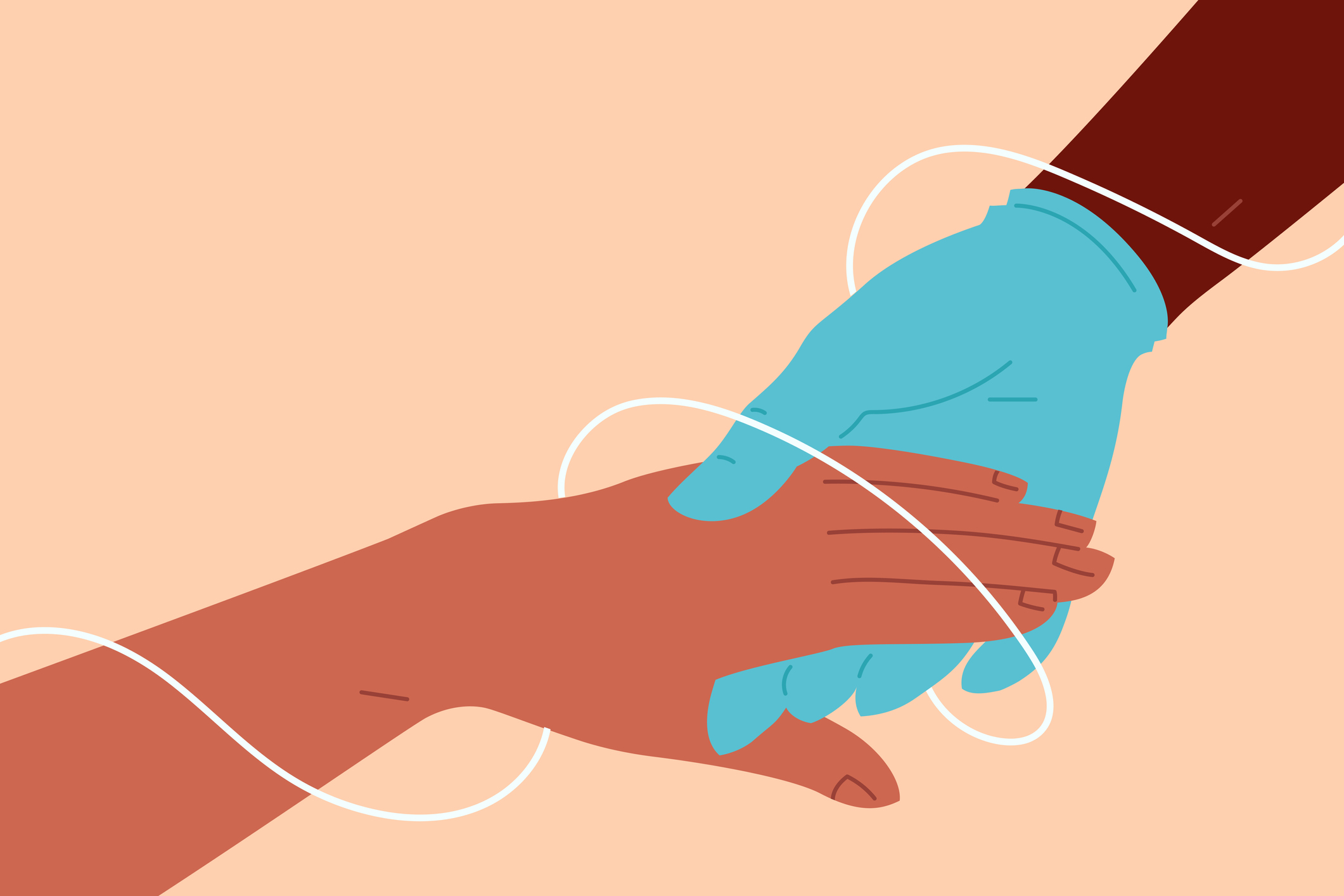6 Tips to Advance Your Hospital’s Safe Patient Handling Program
According to nine studies conducted by NIOSH, healthcare facilities that instituted comprehensive safe patient handling programs saw a 95% reduction in workers’ compensation costs. Our tips can enhance your program and patient safety.
April 22, 2022

Lack of a safe patient handling (SPH) program can result in overexertion, the leading cause of workplace injury for healthcare employees. OSHA notes that lifting equipment has been shown to reduce exposure to manual lifting injuries by up to 95% and is an essential part of any safe patient handling program. In addition to reducing worker injuries, an SPH program can increase patient satisfaction and comfort, decrease patient falls and pressure ulcers, and reduce the costs associated with those injuries.
“Healthcare workers and caregivers understand that patient anxiety can increase overexertion,” said Rita DeRuntz, Senior Medical Manager at Safety National. “With a safe patient handling program in place and open communication, the patient will know what to expect, which in turn can help reduce their anxiety and allow better collaboration within their care team.”
The elements of a successful SPH program include:
1. Having a written policy.
All staff should clearly understand and review it regularly. Employees should also be encouraged to report hazards and empowered to own a potential risk to prevent possible injury.
2. Engaging management in safety culture.
Employees appreciate knowing their senior managers care about their wellbeing. Management can also provide visible support by consistently communicating the importance of the SPH program, assigning roles to the appropriate managers, and providing necessary resources.
3. Assess patient needs regularly.
Each patient has unique characteristics and mobility capabilities. Hazard assessments are essential in addressing high-risk units, areas and patient-handling tasks. These evaluations also consider the physical environment of patient areas.
4. Selecting and choosing the correct equipment based on patient needs.
Lifting devices should also be installed and maintained according to manufacturer regulations. Equipment should also be incorporated into the design of facilities during construction or remodeling.
5. Offering education and training for both staff and patients.
Training should be geared toward assessing hazards, selecting and using the proper lifting equipment, and reviewing evidence-based practices for safe patient handling.
6. Reviewing and amending your program as conditions change.
The OSHA Recordkeeping Log 300 and forms 301 and 300A can be used to track and analyze injuries and trends related to the ongoing implementation of the program.

























